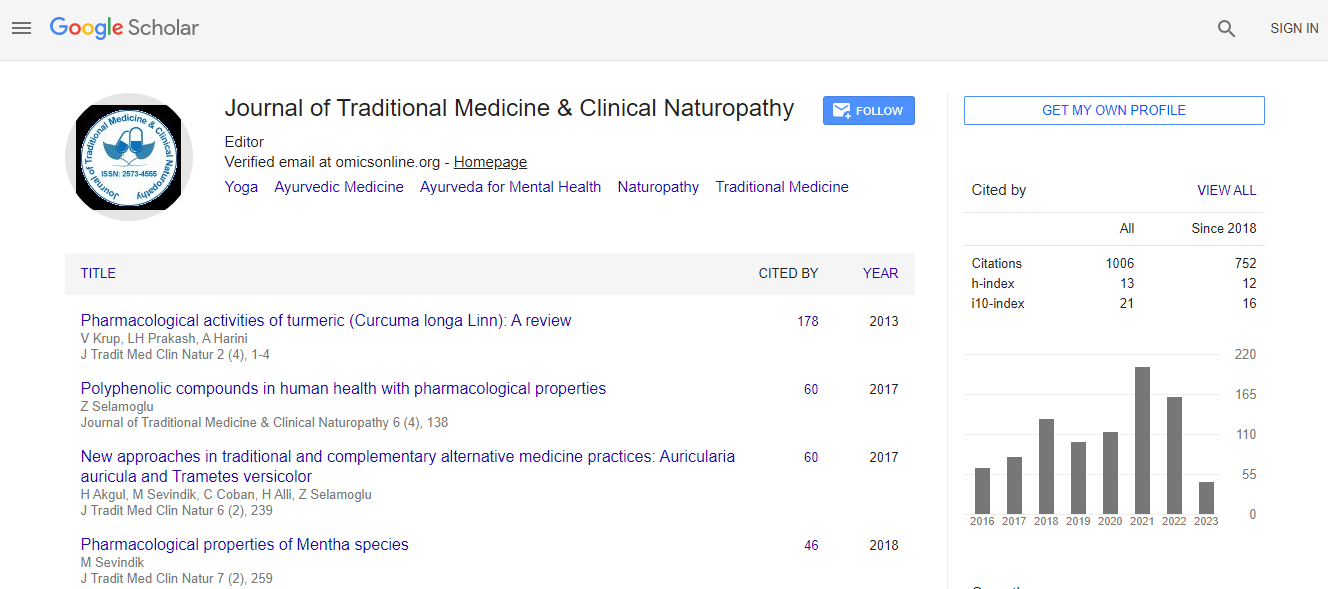Research Article
Contribution of Socio-Anthropology in Schistosomiasis Control - TAABO/Côte d’Ivoire Experiment
| Abe N’doumy Noël* | |
| Anthropologist, Research-Teacher, Université Alassane Ouattara, Côte d’Ivoire | |
| Corresponding Author : | Abe N’doumy Noël Anthropologist, Research-Teacher Université Alassane Ouattara, Côte d’Ivoire Tel: (00225) 05-64-28-98 E-mail: ndoumyabe@yahoo.fr |
| Received November 05, 2013; Accepted January 04, 2014; Published January 20, 2014 | |
| Citation: Noël AN (2014) Contribution of Socio-Anthropology in Schistosomiasis Control - TAABO/Côte d’Ivoire Experiment. J Homeop Ayurv Med 3:144. doi: 10.4172/2167-1206.1000144 | |
| Copyright: © 2014 Noël AN. This is an open-access article distributed under the terms of the Creative Commons Attribution License, which permits unrestricted use, distribution, and reproduction in any medium, provided the original author and source are credited. | |
Abstract
Introduction: Schistosomiasis is the most common parasitic disease in the world after malaria. 85% of affected populations live in Africa. Clinical complications are many. WHO notes that on average 46 people die every hour of Schistosomiasis in the world. The health and economic impact of this epidemic appears indisputable. Several endemic foci are reported in Côte d’Ivoire. Most research work in relation to this is carried out from biomedical and geographical perspectives. Actually, how can you lead an effective program to control this epidemic if risk behaviours are ignored? This is the fundamental issue that justifies the scientific relevance of this study. Biomedical and geographical perspective cannot be the only way to propose a comprehensive and permanent solution. Failure to focus on issues involving risk factors associated with humans in this case, limits the effectiveness of such control. This is why it is important to involve socio-anthropology in order to establish a multidisciplinary field of Schistosomiasis control. Methodology of Work: The study area is Taabo region, located in the centre of Côte d’Ivoire. The study area consists of five (5) sites: Ahondo, Bonikro, Léléblé, Taabo-village and Takohiri. This is a qualitative study. The survey population consists of key informants. Collection techniques are the same as a documentary research method, direct observation and group interviews with key informants. Results: Physical characteristics : The physical environment of the region has a mixed character astride the savannah and forest. It is an area around the Bandama River large dam where a variety of surface water sources are found. Schistosomiasis: Is not seen as a pathological fact a far as the community is concerned. Indeed, it is not considered a serious disease. Human risk factors: Most human activities associated with water are carried out in the multitude of surface water sources. Moreover, the virtual absence of latrines in communities is an increased risk factor as regards contamination of the disease. Social aetiology and parasitological treatment perception: Field data show a completely wrong aetiology based on a parasitological treatment that is not in line with reality. Conclusion: The socio-anthropological study focused on lifestyle has actually highlighted the belief system of the observed populations, their way of life and their social practices that promote endemic Schistosomiasis. The interest of this study was to make these socio-anthropological findings available so that the communicative dimension of the control of the disease should consider them in its communication activities for behaviour change. This is one of the conditions for a more effective Schistosomiasis control.

 Spanish
Spanish  Chinese
Chinese  Russian
Russian  German
German  French
French  Japanese
Japanese  Portuguese
Portuguese  Hindi
Hindi 
